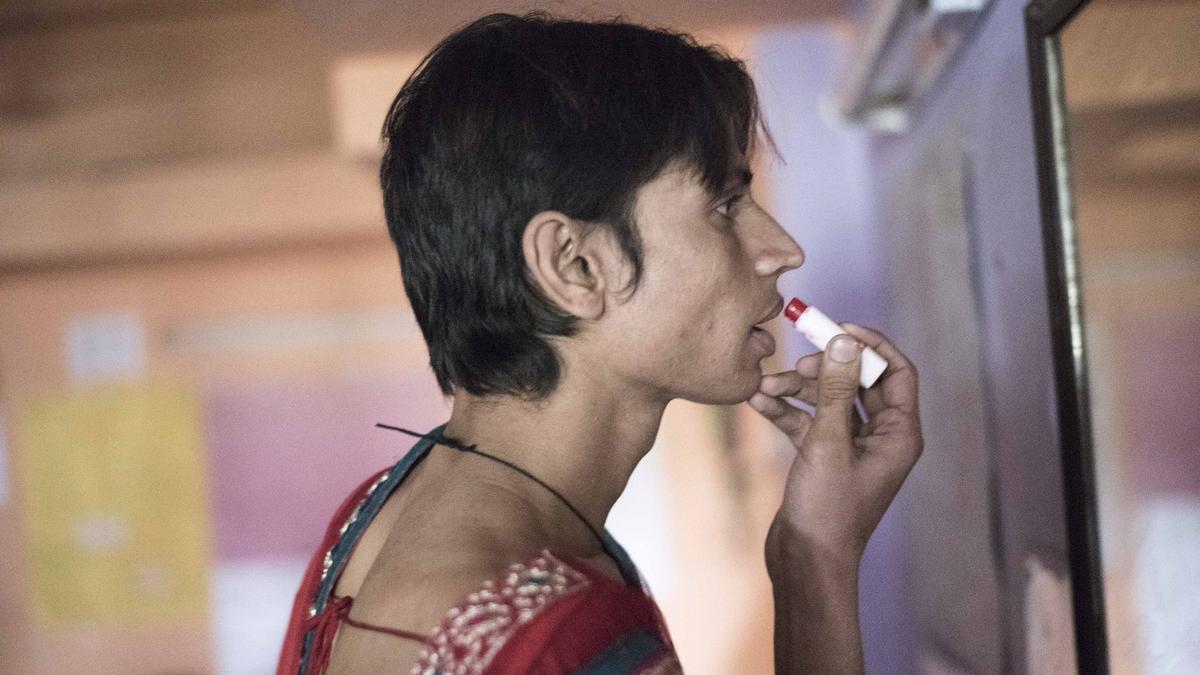
Behind Sunil Gupta’s queer lens
The Hindu
Photographer Sunil Gupta’s retrospective at the Chennai Photo Biennale showcases how he brought the gay image into artwork and discourse
Interviewing artists is like being given a puzzle and trying to figure out which piece, where, created what part of the art. In the case of Sunil Gupta, the internationally renowned photographer makes it easy for us. For almost five decades, he has culled his work from his life, and the membrane between outside and inside has been thin.
Born in 1953 in New Delhi, Sunil’s family moved to Montreal in 1969 when he was 15. From his arrival in Canada, when he embraced his homosexual identity, he became a part of the gay liberation movement, and enlarged his idea of family (Friends & Lovers: Coming Out in Montréal in the 1970s); his move to New York following his boyfriend in 1976, and seeing gay men out, proud, and promenading (Christopher Street); to his move to London, and subsequent break-up where he used the camera to investigate relationships, making portraits of gay couples (Lovers: Ten Years On). He recorded coming to India in the ’80s and seeing them married and leading secret lives (Exiles), and being diagnosed in the mid-90s as HIV positive and coming to terms with his body and love again (Love, Undetected). Sunil has taken to heart the feminist slogan of personal is political.
As I get on a video call with him and Charan Singh, or husbandji as he is affectionately labelled on Instagram — also an artist, and curator of this first Indian retrospective at the Chennai Photo Biennale — I reflect on the sense of familiarity I feel about Sunil. It’s an artificial construct that is a combination of having lived in Delhi at around the same points in time (2005-2015), of having Sunil’s name often pop up at work in my time as a journalist, and pieced together from the sense of joy and victory that followed the original repeal of Article 377 in 2009, in which many of my friends were involved, as was Sunil, and maybe at the way Exiles has permeated our collective consciousness.
I’ve never met him of course, neither do we live in Delhi any longer. Sunil and Singh have lived in London since 2012, and I’m in Hyderabad and we are talking about how Sunil’s work will be shown in Chennai, befittingly, in one of the city’s central monuments, Egmore Museum.
Titled Love and Light: A Site of Infinite Possibilities, it presents five decades of the queer rights movement and the queer community at large in Canada, the U.K., and India, says Varun Gupta, director, Chennai Photo Biennale. But the curation by Singh is also a sort of love letter. “I think this show has intertwined the personal, the private, the public, all of it together.”
Sunil and Singh met in 2009 when Sunil was in India. Singh was working with people with HIV AIDS. He says he was bemused by Sunil taking photos of his friends and then putting it on a wall and calling it art. “I think that was also the response to his earlier photography. People did not take him seriously, but now they can see the persistence in his approach and fidelity towards that one issue — bringing the [Indian] gay image into artwork, into discourse, dialogue, and museums.”
Sunil has spent his career trying to ensure representation, first of gay men in art history, and then of the gay men of Indian origin in the space. He talks about how it was partly driven by the feeling that as an Indian man, he didn’t feel like his body was particularly desirable because there were no photographs of the Indian male body. Western porn was all white or black men with the occasional Chinese thrown in. “But Indians? No, I’d never seen them. They didn’t seem to exist.”













